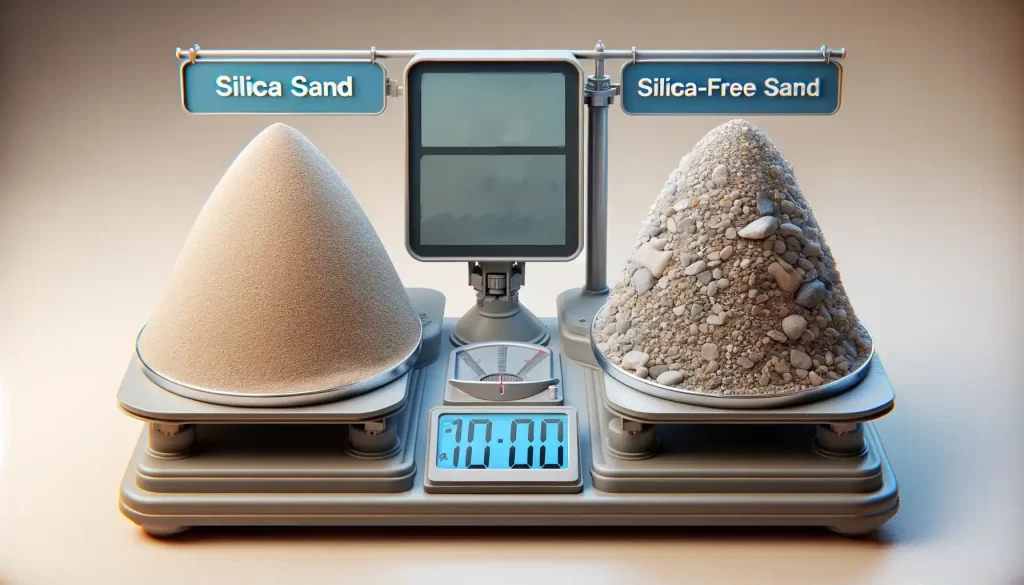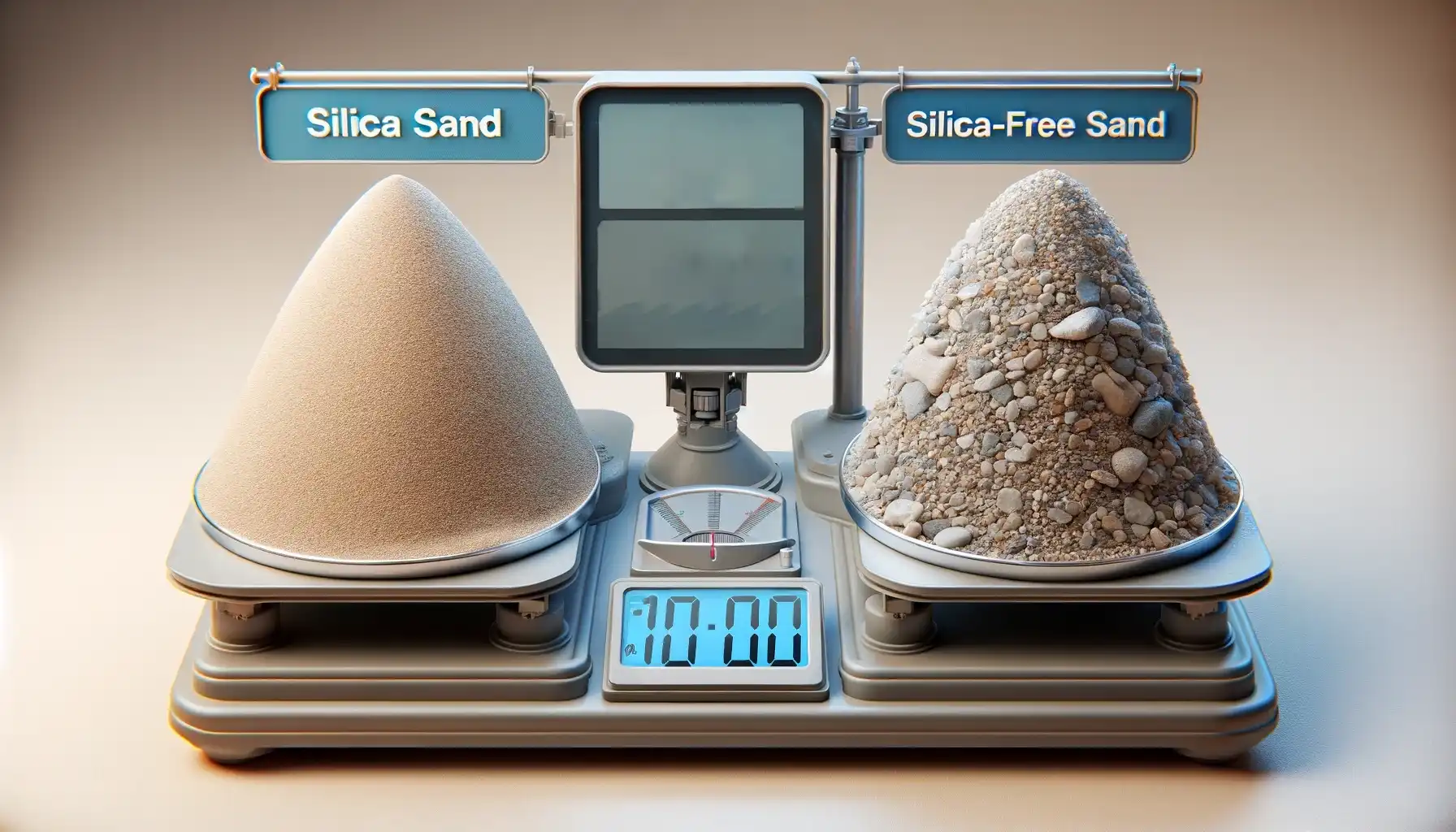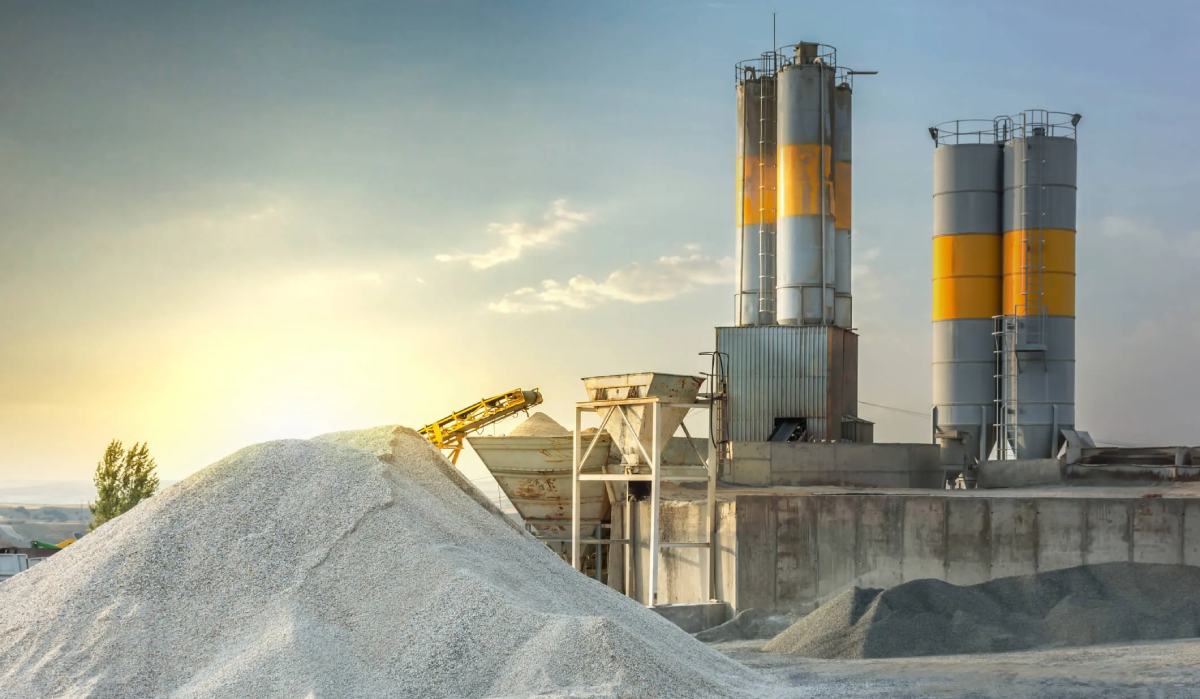What is Silica Sand?
Silica Sand, also known as industrial sand, is a high-purity, naturally occurring granular material composed primarily of quartz (silicon dioxide, SiO2). It is one of the most common forms of sand found worldwide and is used in a variety of industrial applications due to its unique physical and chemical properties.
Silica Sand consists of fine, uniformly sized grains that are chemically inert and highly resistant to weathering. Its high silica content (usually more than 95%) gives it significant hardness and durability, making it an ideal material for various industrial processes.
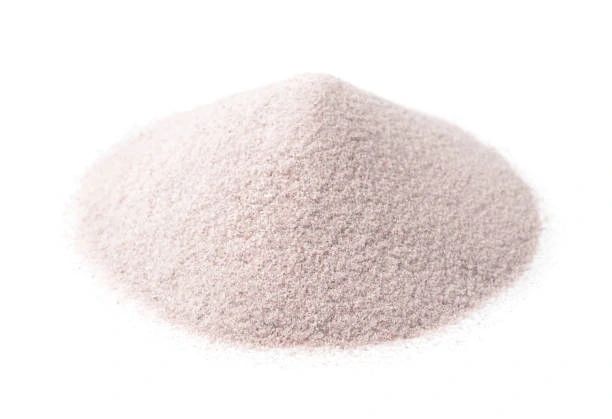
Industrial Applications of Silica Sand
Silica Sand is a versatile material used in many industries, including:
- Glassmaking: Silica Sand is the primary component in the production of glass. Its high purity ensures the clarity and strength of the glass.
- Foundries: Used as a moulding material, Silica Sand provides the necessary thermal properties and strength to create metal castings.
- Construction: Incorporated into concrete and mortar, it enhances strength and durability. It’s also used in the production of speciality cement and as a fill material.
- Water Filtration: Due to its uniform size and shape, Silica Sand is an effective medium for filtering impurities from water.
- Chemicals: It serves as a raw material for the production of silicon compounds and other chemical products.
Benefits of Silica Sand
- High Purity and Consistency: Silica Sand offers high purity and uniformity, making it ideal for applications that require precise chemical composition and consistent physical properties.
- Cost-Effectiveness: It is relatively inexpensive compared to other materials, making it a cost-effective choice for many industrial processes.
- Wide Availability and Supply Chain: Silica Sand is widely available and has an established global supply chain, ensuring steady and reliable access to this material.
Drawbacks of Silica Sand
- Health Risks Associated with Silica Dust: Inhaling silica dust can lead to serious health issues such as silicosis, a lung disease that affects workers in industries using Silica Sand.
- Environmental Concerns from Mining: The extraction of Silica Sand can cause significant environmental damage, including land degradation and water pollution.
- Regulatory and Compliance Issues: Increasing regulations around silica dust exposure pose challenges for industries in terms of compliance and operational adjustments.
What is Silica-Free?
Composition and Properties
Silica-free materials can be composed of various substances, each tailored to specific industrial needs. Common Silica-Free alternatives include:
- Ceramic Beads: Made from alumina, zirconia, or other ceramic materials, these beads are known for their hardness, durability, and resistance to wear and tear.
- Garnet: A naturally occurring mineral, garnet is used for its high hardness and excellent abrasive qualities.
- Steel Grit: Manufactured from carbon steel, this material is known for its toughness and ability to be reused multiple times.
- Staurolite: A mineral similar to garnet, used for its abrasiveness and durability.
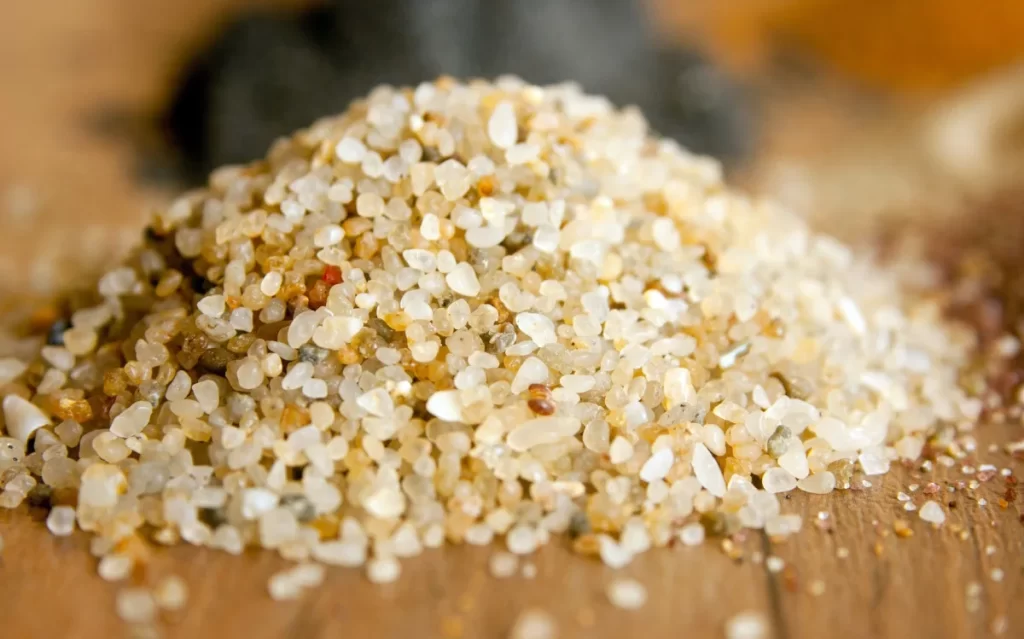
Industrial Applications of Silica-Free Materials
Silica-free alternatives are used in various industries, offering safer and more sustainable options:
- Abrasive Blasting: Ceramic beads, garnet, and steel grit are commonly used for surface preparation and cleaning in place of Silica Sand.
- Waterjet Cutting: Garnet is frequently used as an abrasive material in waterjet cutting due to its hardness and sharpness.
- Foundries and Casting: Silica-free materials like ceramic beads can be used as moulding sand in metal casting, reducing health risks for workers.
- Construction: Silica-free materials are used in speciality cement and mortars where health concerns around silica dust are present.
Benefits of Silica-Free Options
- Reduced Health Risks: Silica-free materials mitigate the health risks of silica dust, providing a safer work environment.
- Environmentally Friendly: These materials often have a lower environmental impact than Silica Sand, contributing to more sustainable industrial practices.
- Compliance with Stringent Regulations: Using Silica-Free options helps industries comply more easily with health and safety regulations, avoiding the complications of silica dust.
Drawbacks of Silica-Free Options
- Higher Costs Compared to Silica Sand: The initial cost of Silica-Free materials can be higher, which may be a barrier for some industries.
- Limited Availability in Some Regions: Depending on the region, access to certain Silica-Free materials may be limited, affecting supply chains.
- Potential Performance Differences: In some applications, Silica-Free materials might not perform as well as Silica Sand, requiring thorough testing and adaptation.
Comparison Table: Silica Sand vs Silica-Free
Comparative Analysis of Silica Sand and Silica-Free Options

Cost Comparison
Performance Analysis
Health and Safety Considerations
Regulatory Compliance
Industry Transitions
Success Stories
Challenges Faced
Lessons Learned
Factors to Consider
Consulting Experts
Balancing Priorities
Conclusion
In summary, the choice between Silica Sand and Silica-Free options should be based on a comprehensive evaluation of your industrial needs. Silica-free materials offer significant health and environmental benefits, making them a valuable alternative despite their higher initial cost. As industries continue to evolve, staying informed about material advancements and regulatory changes will be crucial for maintaining both operational efficiency and safety.
